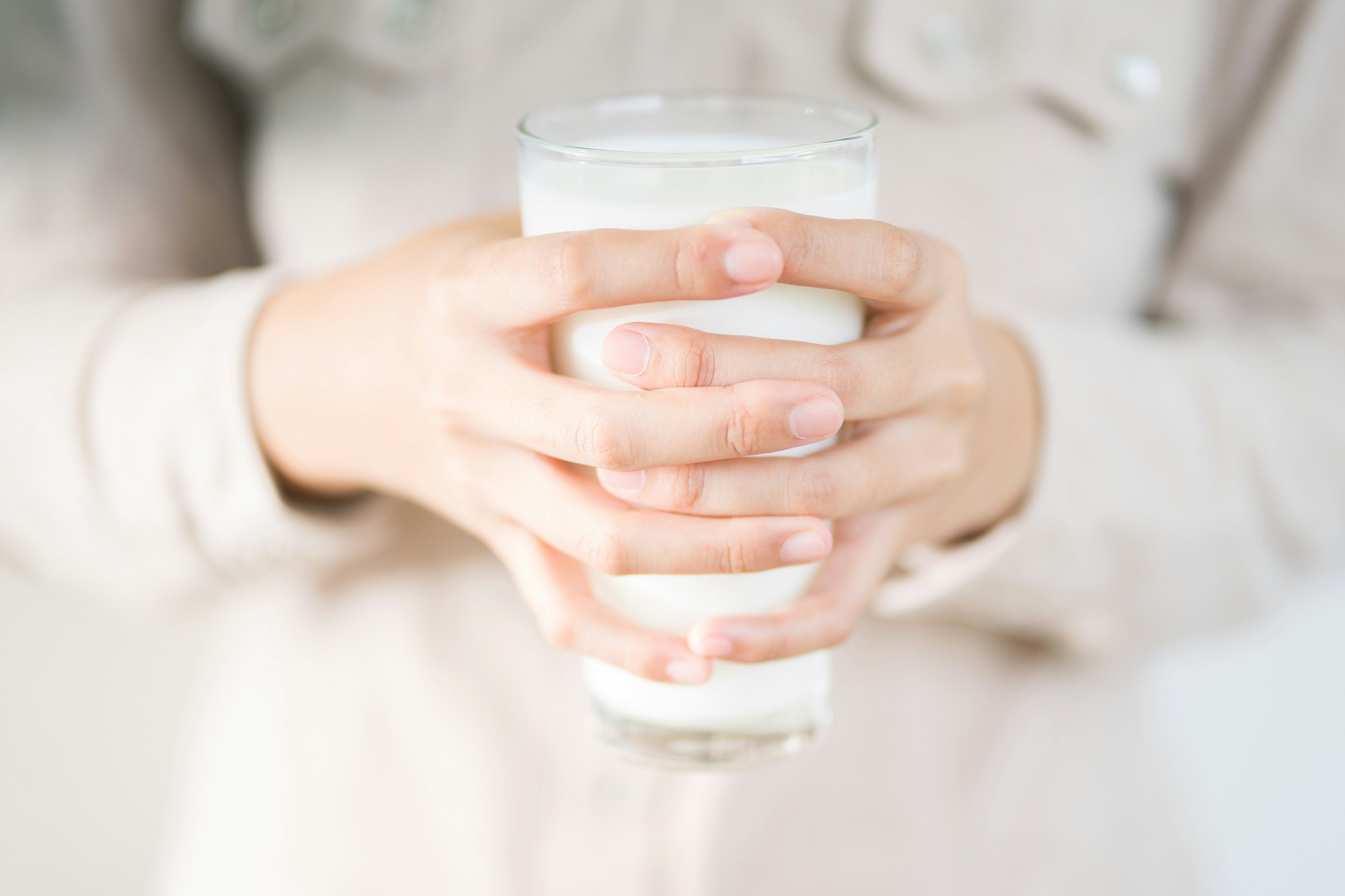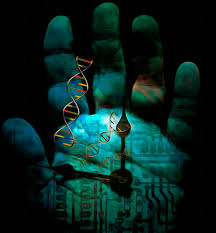Evolution is an ongoing process, although many don’t realize people are still evolving.
Source: Inverse.com
It’s true that Homo sapiens look very different than Australopithecus afarensis, an early hominin that lived around 2.9 million years ago. But it is also true that we are very different compared to members of our same species, Homo sapiens, who lived 10,000 years ago — and we will very likely be different from the humans of the future.
What we eat, how we use our bodies, and who we choose to have kids with are just some of the many factors that can cause the human body to change. Genetic mutations lead to new traits — and with the world population now above 7 billion and rising, the chances of genetic mutations that natural selection can potentially act on is only increasing.
Don’t believe us? Inverse presents three examples of recent changes to the human body.
Recent, that is, in evolutionary terms. After all, Homo sapiens have only been around for about 200,000 years — and Earth is nearly 4.5 billion years old.
3. We are cooling down
In 1868, a German physician published a medical manual that established 98.6 degrees Fahrenheit as the “normal”human temperature. Since then, 98.6 degrees has generally been accepted as the average temperature. Above that, and you have a fever. Below that, and you have hypothermia.
But this Goldilocks temperature is swiftly becoming obsolete. In January, scientists discovered that we are actually way cooler than we think.
According to their study, published this January in the journal eLife, the average temperature is much more likely to be 97.9 degrees.
The team analyzed medical records from the past 200 years, which included temperature measurements. They found that, averaged together, the records indicate that there has been a gradual decrease in body temperature of 0.05 degrees Fahrenheit every decade.
Julie Parsonnet, the study’s senior author and professor of medicine at Stanford University, tells Inverse that this cooling trend is likely linked to a population-wide decline in inflammation, and improved standards of living.
Many of the infectious diseases that were common in the 19th century would have caused chronic inflammation, which in turn burns calories and increases a person’s metabolic rate — upping their internal temperature, she says. Because people aren’t battling these diseases at the same rate anymore, that change would be reflected in body temperature, she theorizes.

Living comfortably indoors may also have profoundly impacted humans. Unlike our ancestors, “we don’t have to work terribly hard to be at physiologically neutral temperatures that don’t tax our metabolism,” Parsonnet says.
While healthier living likely drove this cooling trend, it’s unclear whether having a lower temperature necessarily also improves our health. The shift appears to mean that we need about 150 calories fewer per day to maintain our basic metabolic needs than we did in the past, she says. But any other consequences still need to be figured out — and though we may need fewer calories, we don’t seem to be eating any less.
“We are so much healthier than 19th-century humans,” Parsonnet says. And yet… “We’ve gotten fatter, taller, and we’ve gotten cooler. Can we get cooler still? I expect so but I’m not sure how much.”
2. Our genes are constantly changing
Humans are not immune to the effects of natural selection, Joshua Akey, professor at Princeton University, tells Inverse. Many of the same pressures that we have faced throughout the history of the human race, like pathogens, still exist and threaten our health today. But our environment has changed dramatically — and that has to have an impact, he says.
“Our environment is certainly different than it was even a century ago, and it is not hard to imagine things like gene-culture evolution playing an even more prominent role in the future of human evolution,” Akey says.
His favorite example of recent positive selection is FADS2, which is thought to be an important dietary gene. Different versions of this gene are adaptive in different populations — depending on whether or not they have more meat or plant-based diets, Akey says. For example: In 2016, scientists discovered that, over generations, eating vegetarian diets caused a population in Pune, India, to display a higher frequency of a specific mutation on the FADS2 gene. The mutation allowed them to efficiently process omega-3 and omega-6 fatty acids from non-meat sources and convert them into compounds essential for brain health — something people who follow omnivorous diets are not necessarily adapted for.
At the same time, the genes that control lactose tolerance are also increasing. As of several thousand years ago, the enzyme that helps people drink milk without getting sick turned off when people reached adulthood. But later gene mutations that sprung up around the world during a time period of between 2,000 to 20,000 years ago have helped people tolerate dairy well into their dotage. Researchers estimate that, in East Africa, that genetic change happened as recently as 3,000 years ago, as raising cattle became a larger part of human life.

Transitions in how we live our lives — like going from nomadic herder to farmer, then farmer to industrial worker — often drive these genetic adaptations. Another example of this is an apparent link between urban living and being better adapted to fight off tuberculosis. In 2010, scientists found a statistically significant association between populations that have a deep history of urbanization and a gene that’s associated with resistance to tuberculosis. That evolutionary innovation likely happened within the last 8,000 years.
Mark Thomas, professor at University College London, is one of the researchers who discovered that link. He tells Inverse that, before becoming settled farmers, human populations were exposed to a different set of infectious diseases compared to the ones that we are concerned with today. These diseases were more “opportunistic and chronic” — like worms, he says. When human society shifted to large urban settlements, diseases also shifted.
“For the last 10,000 years we have been evolving in response to the kinds of diseases that we are exposed to,” Thomas says. “Resistance to pathogens is largely genetic, so that means that natural selection does occur. It’s one of the major types of ongoing natural selection in all spaces.”
1. Our bones are becoming lighter
Compared to other hominins, human bones are weaker and less dense. In a 2015 study, scientists hypothesized that Homo sapiens bones started to weaken around 12,000 years ago — around the time that people started farming more. With settled farming, our diets changed, physical activity changed, and, in turn, our skeletons became lighter — and more fragile.
The study found that trabecular bone tissue — the porous, spongy tissue found at the end of long bones like your femur — decreased in thickness and in volume. Less nomadic hunting and more settled livestock-raising meant that the need for heavier, more durable bones decreased. This change in bone density persists in modern humans today.
“Our study shows that modern humans have less bone density than seen in related species, and it doesn’t matter if we look at bones from people who lived in an industrial society or agriculturalist populations that had a more active life,” explained lead author Habiba Chirchir, a biological anthropologist.
In a 2014 paper, scientists also determined that our skeletons have become much lighter since the rise of agriculture. They argue that reductions in physical activity, rather than a change of diet, is the root cause of degradation in human bone strength. The trend is likely to continue — people are moving less now than ever, the researchers said.
“It’s only in the last say 50 to 100 years that we’ve been so sedentary — dangerously so,” explained co-author Colin Shaw, a researcher at the University of Cambridge. “Sitting in a car or in front of a desk is not what we have evolved to do.”
Humans have the capacity to be as strong as an orangutan, Shaw and his team say. But we are not because we don’t challenge our bones. Only time will tell if our bones will change once more to enable us to challenge them in strength in the future.
We will also see if further changes happen to the body — and whether or not we can give ourselves a helping hand with new technologies, like gene editing. Some scientists hypothesize that humans will leapfrog the pace of evolution with our own inventions. Regardless of whether or not that happens, one thing is certain: Our biology will never stand still.
Source: Inverse.com

































Leave a Comment
You must be logged in to post a comment.